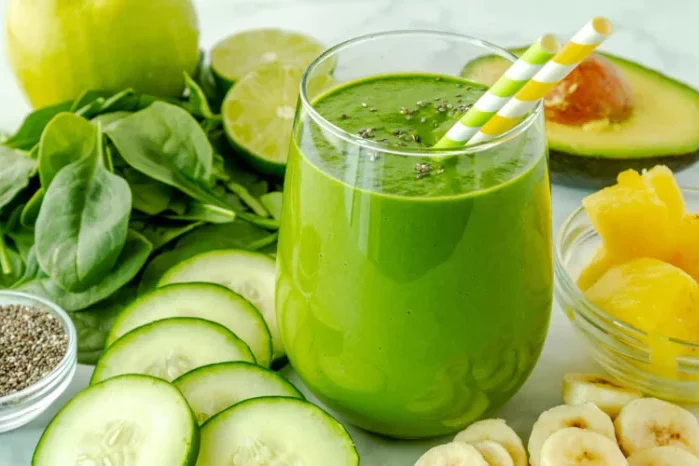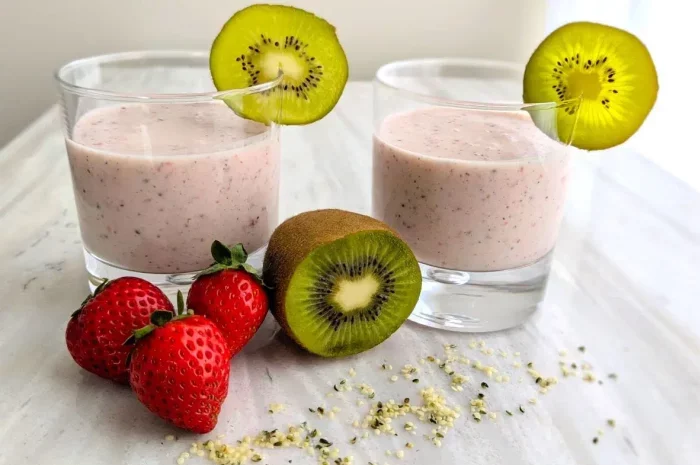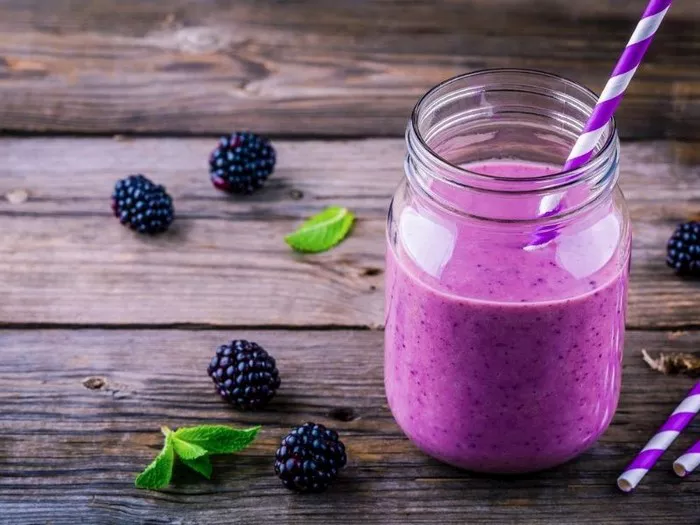In the pursuit of a healthy lifestyle, diet plays a pivotal role. It’s not just about losing weight or fitting into a certain clothing size; rather, an ideal diet is one that nourishes our bodies, supports our physical and mental well-being, and helps prevent chronic diseases. With a plethora of dietary trends, fads, and conflicting advice out there, it can be challenging to determine exactly what constitutes an ideal diet for a healthy lifestyle. In this comprehensive essay, we’ll explore the multifaceted aspects of such a diet, from understanding the key components like macronutrients and micronutrients, to considering different dietary patterns, how individual needs vary based on factors like age, gender, and activity level, the role of food quality and variety, and the impact of an ideal diet on overall health, including physical fitness, mental health, and disease prevention. By delving deep into this topic, we hope to provide a clear and detailed understanding of what an ideal diet for a healthy lifestyle truly entails.
Macronutrients and Their Roles
Proteins: What Are Proteins? Proteins are large, complex molecules made up of amino acids, often referred to as the building blocks of life. There are 20 different amino acids, and our bodies can synthesize some of them, while others, known as essential amino acids, must be obtained through our diet. Proteins are crucial for a wide range of bodily functions, including building and repairing tissues such as muscles, bones, skin, and hair. They are also involved in the production of enzymes, hormones, and antibodies that help regulate our body’s internal processes and defend against diseases.
Sources of Proteins: Animal-based sources of protein include lean meats like chicken breast, turkey, and lean cuts of beef, which are rich in high-quality protein with a complete amino acid profile. For example, a 3-ounce serving of skinless chicken breast can provide around 26 grams of protein. Fish, such as salmon, tuna, and mackerel, not only offer protein but also contain beneficial omega-3 fatty acids. A 3-ounce serving of salmon typically has about 22 grams of protein. Dairy products like milk, cheese, and yogurt are also good sources of protein. Greek yogurt, in particular, is a popular choice as a 6-ounce container can contain around 15 to 20 grams of protein.
Plant-based proteins have gained significant popularity in recent years. Beans and legumes, such as black beans, chickpeas, and lentils, are excellent sources. A half-cup of cooked black beans contains approximately 7 grams of protein. Nuts and seeds, like almonds, walnuts, chia seeds, and flaxseeds, provide protein along with healthy fats. Almonds, for instance, have about 6 grams of protein per ounce. Additionally, soy products like tofu and tempeh are complete plant-based proteins, with tofu offering around 10 grams of protein per 3-ounce serving.
Carbohydrates
Types of Carbohydrates: Carbohydrates can be broadly classified into two main categories: simple and complex. Simple carbohydrates are made up of one or two sugar molecules and are quickly digested, leading to a rapid spike in blood sugar levels. Examples include table sugar, honey, and the sugars found in fruits and milk. While fruits also contain fiber and other beneficial nutrients, refined sugars offer little nutritional value beyond energy. Complex carbohydrates, on the other hand, consist of long chains of sugar molecules and take longer to break down. They include whole grains like brown rice, whole wheat bread, and oats, as well as starchy vegetables such as potatoes and sweet potatoes. These provide a more gradual release of energy and are often rich in fiber, vitamins, and minerals.
Importance in the Diet: Carbohydrates are the body’s primary source of energy. The brain, in particular, relies heavily on glucose (a type of sugar derived from carbohydrates) to function properly. They also play a role in maintaining proper digestion due to the fiber content in many complex carbohydrates. Fiber helps add bulk to the stool, promotes regular bowel movements, and can contribute to a feeling of fullness, which may aid in weight management.
Recommended Intake: Carbohydrates should typically make up about 45% to 65% of total daily calories. However, it’s important to focus on consuming more complex carbohydrates and limiting the intake of refined and added sugars. For example, if an individual has a 2000-calorie diet, around 900 to 1300 calories should come from carbohydrates, which translates to approximately 225 to 325 grams.
Fats
Types of Fats: Fats are another essential macronutrient, and they come in different forms. Unsaturated fats, including monounsaturated and polyunsaturated fats, are considered healthy fats. Monounsaturated fats are found in sources like avocados, almonds, and olive oil. For example, half an avocado contains around 10 grams of healthy fats. Polyunsaturated fats include omega-3 and omega-6 fatty acids, which the body cannot produce on its own. Omega-3 fatty acids, found in fatty fish, flaxseeds, and chia seeds, have been associated with numerous health benefits, such as reducing inflammation and supporting heart health. Saturated fats are mainly found in animal products like fatty cuts of meat and full-fat dairy products and should be consumed in moderation as high intake has been linked to an increased risk of heart disease. Trans fats, which are often created through the hydrogenation process in processed foods like some margarines and fried foods, are extremely harmful and should be avoided as much as possible.
Role in the Body: Fats are a concentrated source of energy, providing more than twice the amount of energy per gram compared to carbohydrates and proteins. They also play a crucial role in protecting our organs, insulating our bodies to maintain body temperature, and helping with the absorption of certain vitamins (such as vitamins A, D, E, and K). Additionally, healthy fats contribute to the production of hormones and are important for brain health and function.
Recommended Intake: Fats should make up around 20% to 35% of total daily calories. Of this, the majority should come from unsaturated fats, with saturated fats limited to less than 10% of total calories. For instance, in a 2000-calorie diet, about 400 to 700 calories can come from fats, which is equivalent to approximately 44 to 78 grams.
Vitamins
Water-Soluble Vitamins: Vitamins can be categorized into water-soluble and fat-soluble types. Water-soluble vitamins include the B-complex vitamins (such as thiamine, riboflavin, niacin, pantothenic acid, pyridoxine, biotin, folate, and cobalamin) and vitamin C. The B-complex vitamins are involved in energy production, nerve function, and the metabolism of proteins, fats, and carbohydrates. For example, thiamine (vitamin B1) is essential for converting food into energy, and a deficiency can lead to conditions like beriberi. Vitamin C is a powerful antioxidant that helps protect cells from damage, supports the immune system, and is important for the production of collagen, a protein that gives structure to our skin, bones, and connective tissues. Fruits and vegetables, especially citrus fruits like oranges and lemons, are rich sources of vitamin C.
Fat-Soluble Vitamins: Fat-soluble vitamins, which include vitamins A, D, E, and K, are absorbed along with fats in the diet and are stored in the body’s fatty tissues and liver. Vitamin A is crucial for vision, immune function, and skin health. It can be obtained from sources like liver, dairy products, and colorful fruits and vegetables that contain beta-carotene, which the body can convert into vitamin A.
Conclusion
In conclusion, an ideal diet for a healthy lifestyle is one that emphasizes a wide variety of nutrient-dense foods, consumed in moderation and balance. This diet should include an abundance of fruits, vegetables, whole grains, and lean proteins, while limiting the intake of processed foods, sugars, and unhealthy fats.
Related Topics:

























